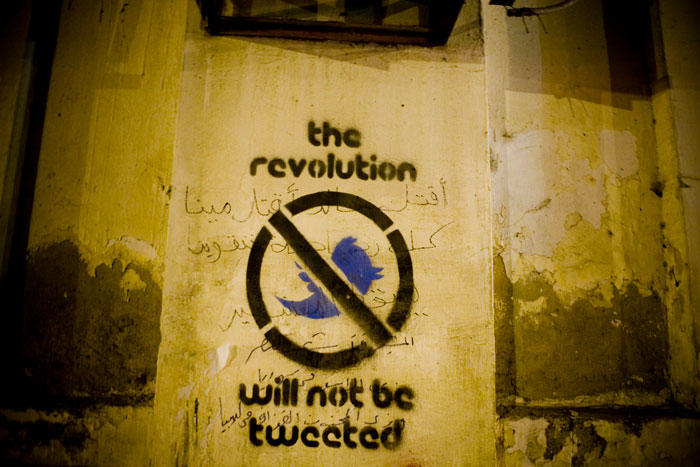A Harvard professor challenges a long-held assumption about political revolution.

By Michelle Nicholasen
This is the first of a two-part series with Erica Chenoweth about their work on nonviolent resistance. Read part 2 on Epicenter.
When they started their predoctoral fellowship at the Belfer Center for Science and International Affairs in 2006, Erica Chenoweth believed in the strategic logic of armed resistance. They had studied terrorism, civil war, and major revolutions—Russian, French, Algerian, and American—and suspected that only violent force had achieved major social and political change. So, when a workshop challenged Chenoweth to prove that violent resistance was more successful than nonviolent resistance, they thought: of course. The question had never been addressed systematically, so with their colleague Maria J. Stephan, turned it into a research project.
For the next two years, Chenoweth and Stephan collected data on all violent and nonviolent campaigns from 1900 to 2006 that resulted in the overthrow of a government or territorial liberation. They created a dataset of 323 mass actions, and, leaving no angle unexamined, Chenoweth analyzed and regressed nearly 160 different variables related to success criteria, categories of participants, state capacity, and more. The results turned Chenoweth’s long-held paradigm on its head—in the aggregate, nonviolent civil resistance campaigns were far more successful in effecting change than violent ones.
The Weatherhead Center sat down with Chenoweth, a new Faculty Associate who recently returned to Harvard Kennedy School this year as a professor of public policy, and asked them to explain their findings and share their goals for future research.... Read more about The Lasting Power of Nonviolent Resistance—Part 1


